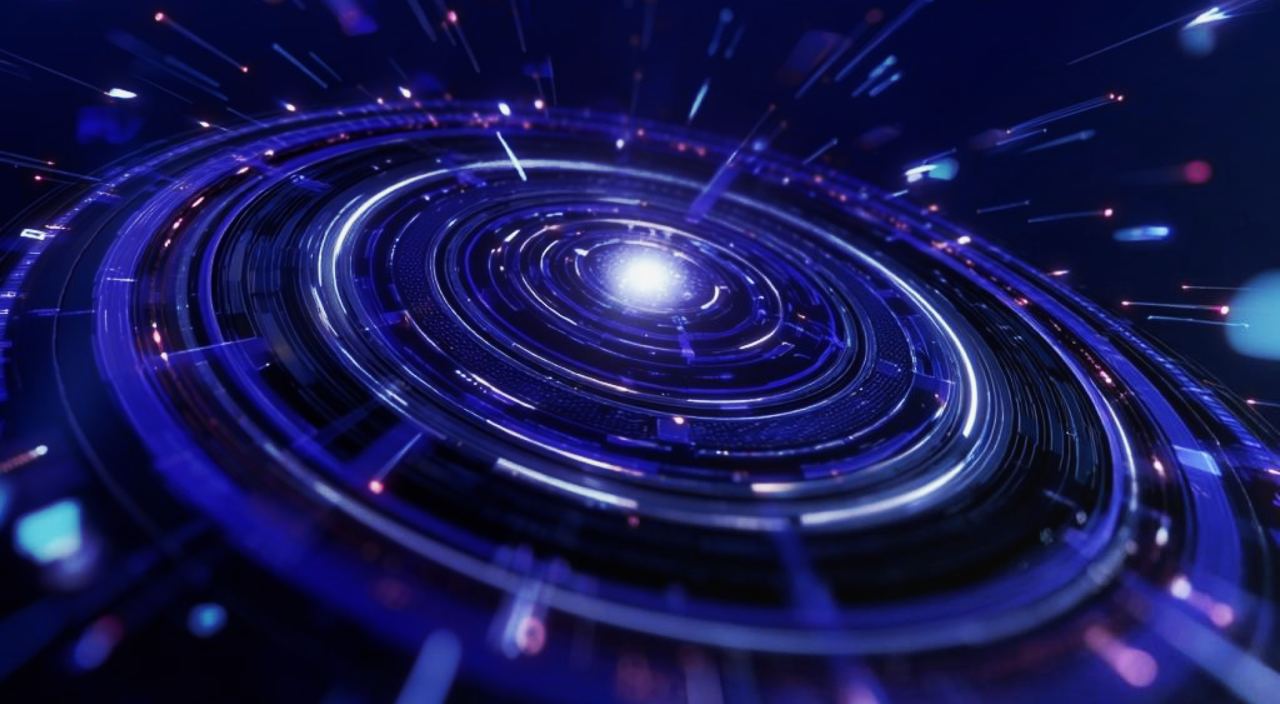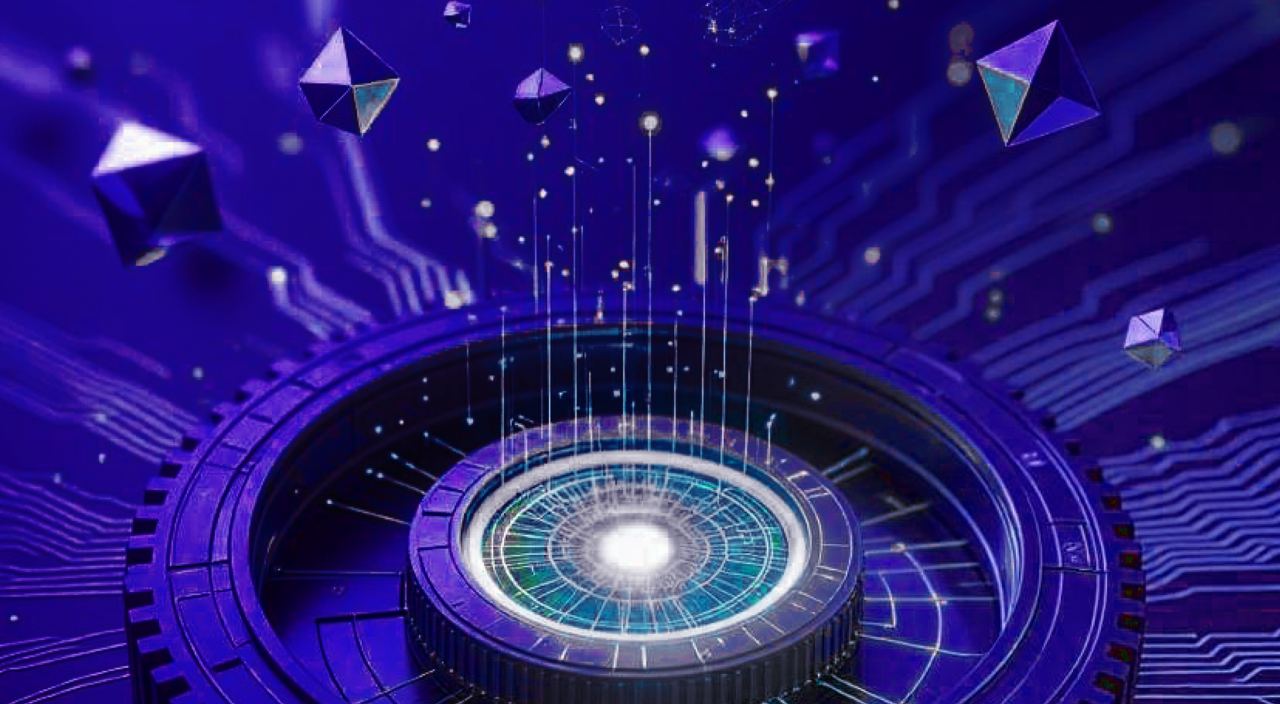The complexity of biopharma IP deals
When examining the transactional market for biopharma IP, one aspect becomes immediately obvious: IP is not sold in a simple purchase agreement like houses, cars or other physical objects. Transactions involving biopharma IP always differentiate between the specific rights and relating terms of the purchase. Therefore, it is common to use license agreements to structure the terms surrounding the IP. Terms may include exclusivity, applicable territory, relating IP, grants of rights, financials and much more. This is relevant for the technical implementation of the IPNFT transactions as no biopharma IP will ever be sold without negotiating and determining the terms relating to the transaction.

Important consideration when designing an IPNFT infrastructure
Several aspects need to be considered when designing and implementing an IPNFT infrastructure. As they vary depending on the IP, we will be highlighting biopharma specific aspects:
a) Privacy
Many early-stage biopharma assets have not filed for patent applications. No protection of the IP under patent law may therefore exist. The envisioned IPNFT infrastructure must account for the privacy needs of the transacting parties. Before and after the transaction, access to the IP and relating license agreements need to be managed by the parties. Potential adversaries should not be able to retrieve any information while the owner of the IP may grant access to a certain transacting party.
b) Accessibility & Verifiability
To be able to implement a liquid market around IPNFTs some relevant information needs to be accessible and verifiable by the public. This includes transaction metadata such as transaction dates, ownership, price, etc.
c) Permanence
Lastly, transaction history and metadata information need to be permanently available to market participants. This creates reliability and transparency for different parties to make decisions concerning their future market participation.
Infrastructure of the IPNFT
To bring biopharma IPNFTs into reality, several components will be needed. The ownership of the unique asset needs to be implemented via a distributed ledger technology (DLT) such as Ethereum. In addition, data concerning the transaction and its content needs to be stored on separate components. The metadata of the assets and transactions needs to be permanently and publicly accessible. Information relating to the IP needs to be securely stored while preserving the privacy of the owner. Molecule decided to implement a variation of Nevermined’s gateway infrastructure to solve the stated challenges. A detailed breakdown of Nevermined components can be found on their Medium and Github.

a) Distributed Ledger Technology: Ethereum
With Ethereum being the current standard for storing ownership information via NFTs, we opted for using it for the biopharma IPNFT as well. Ethereum provides two token standards to implement ownership of non-fungible assets: ERC721 and ERC1155. With most smart contract wallets having implemented the ERC721 Receiver, the first version of the IPNFT opts for using ERC721.

b) Metadata storage layer
With the smart contracts only being able to store a very limited amount of data, the need for further data storage off-chain arises. One category of relevant data is the NFT metadata. It adds publicly available information to the NFT and enables the storage of further links to privately secured information. The goal is to make the metadata permanently available, ensuring the ERC721 information remains accessible to the market. To achieve this, Molecule chose to use Arweave. Arweave is a permanent distributed storage layer. Its economic model enables a one-time payment for permanent storage of an asset. This is perfect for the long-lived nature of biopharma IP.
c) Data-storage Layer
The second category of data to be handled is the IP and license agreement themselves. In the best case, those agreements could be stored on a permanent decentralized data storage layer, as well. However, existing decentralized storage layers do not have restrictive access management tools incorporated yet. While to-be-developed services might enable this in the future, Molecule opted for an immediately usable solution via Nevermined. With Nevermined, the IP will be stored in centralized data storage of the parties, while the access management is handled via the implemented NFT. The hosting party only needs to integrate the Nevermined Gateway, enabling external parties to access the data via the purchased NFT.
First Implementation - the IP-NFT POC

To showcase the usability of the stated infrastructure, Molecule is creating the first proof of concept (POC) for the biopharma IPNFT. Molecule has set up a license agreement for the “Longevity Molecule” with the Scheibye-Knudsen Lab of the University of Copenhagen. The newly formed longevity research organization called VitaDAO has communicated their interest in purchasing the IP via a sub-license agreement. The agreement (as a legal document) is created and will be cryptographically signed via a transaction on the Ethereum Blockchain. A record of the transaction will be added to the sub-license agreement in form of a cryptographic hash. After the signing process is completed, an NFT is being created and the signed document is added to the metadata JSON of the IPNFT.
After the agreed purchasing amount for the sub-license is being transferred to the license holder Ethereum Address, the NFT is being transferred to the buying party. VitaDAO now holds the NFT and, therefore, permanent access to the IP and licensing agreement.
Outlook
After the POC has proven the IPNFT is a feasible and efficient way of transacting biopharma IP, the challenge of implementing it in a scalable manner will arise. Several tools for creating standardized legal agreements to be signed via a blockchain transaction have been envisioned and developed in the past. Since 2017 there have been two approaches of note to attaching legal contracts to smart contracts. The most prominent and relevant is OpenLaw, which developed a sophisticated system and proprietary markup language for legal agreements that can be executed via smart contract transactions. The other is ZeroLaw’s Code Deference Agreement developed for DAOs looking to function as unincorporated associations and empowering them to make binding governance decisions via smart contracts.
By integrating such systems, legal agreements for IPNFT can be standardized and modularized, enabling any party to propose a license agreement. Once the license agreement is created and agreed upon the above-described infrastructure will enable to sign an agreement, create and transact any IPNFT.
Acknowledgement
Thank you for helping on this piece Paul, Tyler, Stefano, Heinrich, Beata & Jesse!


















